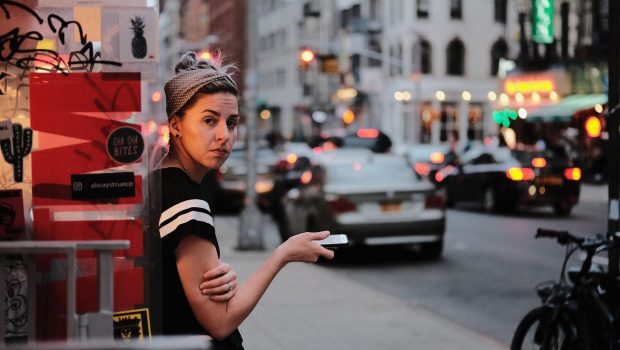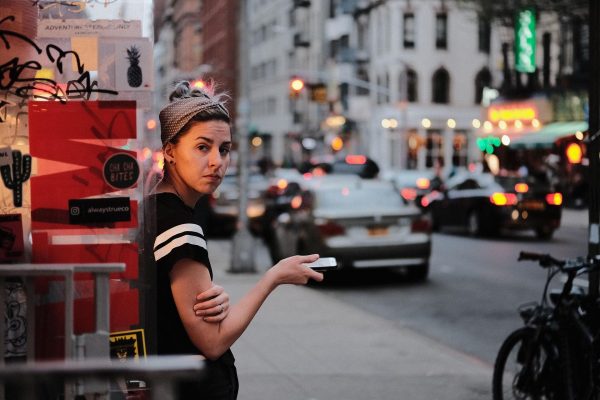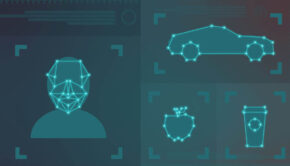Are E-Hail Apps like Uber, Lyft and MyTaxi Safe?
Ever since the introduction of applications that allow you to request a car service through your phone, the personal transportation industry has undergone a lot of changes. These applications revolutionized the transportation business, since they made it easier and more convenient to get a car by touching the screen of your phone rather than getting out into the street and trying to hail a cab for several minutes. There have also been a series of legal battles and protests regarding these apps, since they are not regulated in most states and the taxi industry questions their lawfulness and argues that they are an unfair threat to their business. At the end of the day, even though Uber and taxis offer a similar service,they are essentially different.
Currently, there are many e-hailing apps working in the United States, not only for personal drivers -like Uber and Lyft-, but also for traditional yellow cab companies that have partnered with or developed applications for people to be able to hail a taxi through their smartphone.
With the rise and massive expansion of these apps, there have been multiple unfortunate situations with safety. Cases of drivers assaulting passengers and having accidents on the road have been spread all through social media. So, are e-hail apps safe? If you’re feeling insecure about which app to use, we analyzed three of the most common e-hail apps in terms of security and here’s what we found.
1. Uber
Uber is the most popular ride-hail app in the world right now. It currently operates over 65 countries and more than 630 cities around the globe. It was created in 2009 after Garret Camp spent 800 dollars on hiring a private driver with friends, and decided there had to be a way to decrease black services prices. Ever since its launch in 2012, Uber has been subject of protests and legal actions, given that there weren’t any specific regulations to this service -which there still aren’t in most parts of the world-. Payment in Uber is cashless: your fare is automatically deducted from your credit card at the end of your ride, and you can rate your driver from 1 to 5 stars, which adds to an average visible to future customers.
For a person to become an Uber driver they need to pass a DMV and background check going through the last seven years of their life, as well as owning the car they’ll be driving and it being insured. The company will hire a driver as long as they haven’t had DIU charges, sexual assault charges or committed violent crimes.
The app’s terms and conditions, which you accept when creating your account, state that they don’t guarantee the suitability, safety or ability of third party providers, and that you’re using the service at your own risk and judgement knowing you may be exposed to potentially unsafe situations regarding third party providers aka drivers. This means if anything happens to you while using Uber, it would probably be difficult to get any compensation from the company.
2. Lyft
This app is the strongest Uber competitor in the United States as of today. The system works practically the same way as Uber: the procedure for requesting a car is the same, payment is cashless and you rate your driver at the end of your trip. The main difference between the two of them is that while Uber is more similar to hiring a private driver, Lyft encourages a more personal treatment between drivers and passenger, their motto being “Lyft is your friend with a car”.
Lyft’s background check procedures are similar to those of Uber, with no fingerprint technology and no police involvement. Drivers aren’t required to meet company representatives in person before being hired. Additionally, by agreeing with Lyft’s terms and conditions you’re also accepting that the company has no control over the actions of drivers and riders, and that you’re using the services at your own risk.
In spite of this, the company claims that 97 percent of Lyft users have a pleasant experience and are likely to recommend the service to someone else. Users have described the company as “welcoming”, “friendly” and “trustworthy”.
3. MyTaxi
MyTaxi is a German platform which lets you hail a traditional taxicab through your smartphone. It was created in 2009, and in late 2016 it joined forces with and bought the british platform known as Hailo. The app is currently available in over 50 cities in Europe and the United States.
You request a taxi through your phone and the app matches you with a nearby driver, a similar system to Uber and Lyft. You also pay through your smartphone and you can rate your driver based on the quality of the service you received. But while Uber and Lyft have their own drivers, MyTaxi works as a middleman between regular taxi drivers and users. Generally, taxi companies perform a more thorough background check, usually involving fingerprint tests, unlike Uber and Lyft. Also, given that taxi drivers are employed by the cab companies and are not third party providers, the company should take responsibility for the drivers actions and if something happens to you you’re more likely to get compensation from them.
But this doesn’t necessarily mean that MyTaxi -or regular taxis in general- are safer than Uber and Lyft. Just like there have been scandals with these apps, taxis have also made the headlines regardless of how profound their background checks are.
The Result
Whenever you get into a vehicle you’re surrendering a little bit of control, whether it’s a Uber, Lyft, MyTaxi or any other type of public transportation. While companies try to do their best to ensure customer safety, the truth is it’s very hard -if not impossible- to control each driver’s actions. This doesn’t mean these apps aren’t safe, it means that no one can assure you you’ll be a hundred percent safe, not even when you’re driving your own car.
There are certain things you can do to feel safer when ride-sharing or riding a taxi through one of these apps:
- Check that the license plate, driver’s photo and driver’s name all match with what’s listed in the app in order to avoid fake drivers.
- If you don’t like the rating on the driver you’re assigned with, cancel the drive and request a new one or use a different app.
- Share your trip details with a friend or family member.
- Trust your instincts. When you have a feeling of discomfort or sense something isn’t right, don’t get in the car. If you’re already riding and are in an emergency situation, call 911 immediately.
Which one of these e-hail apps do you prefer? If you have any other safety tips or suggestions, please leave a comment below.















